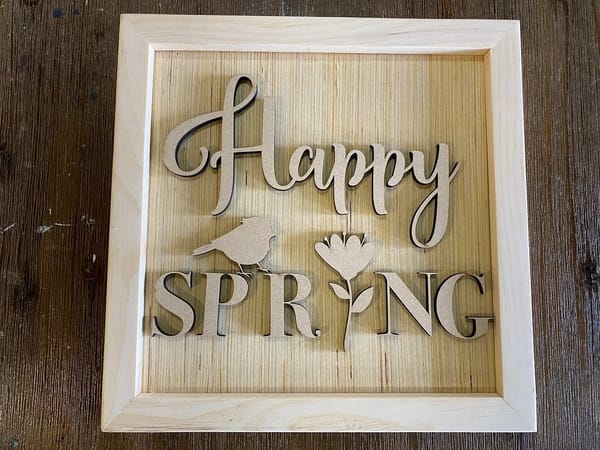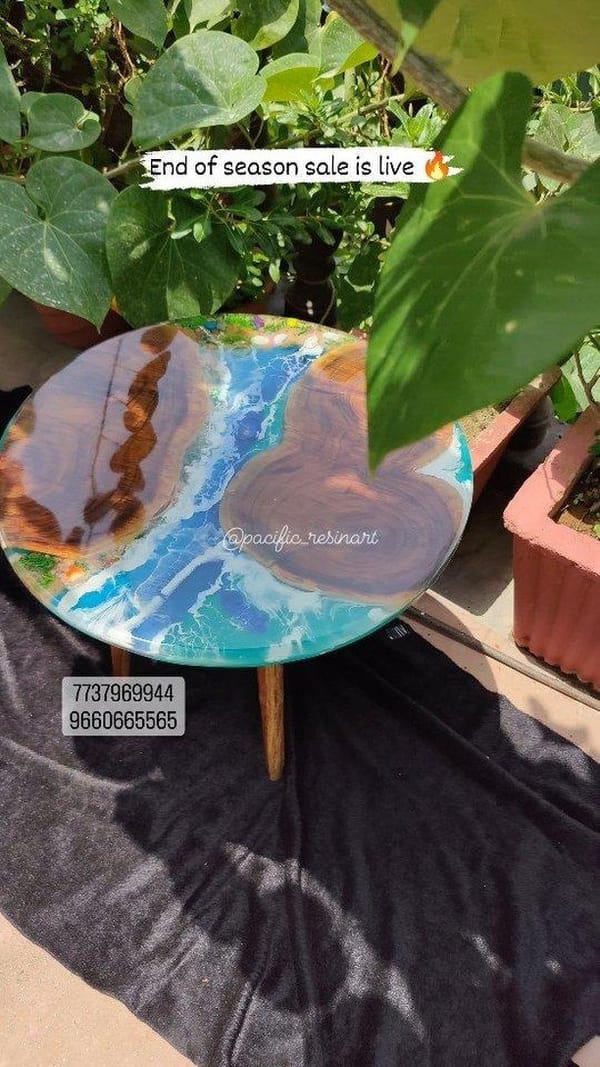Gardening for Beginners: A Step-by-Step Guide to Growing Your Green Thumb
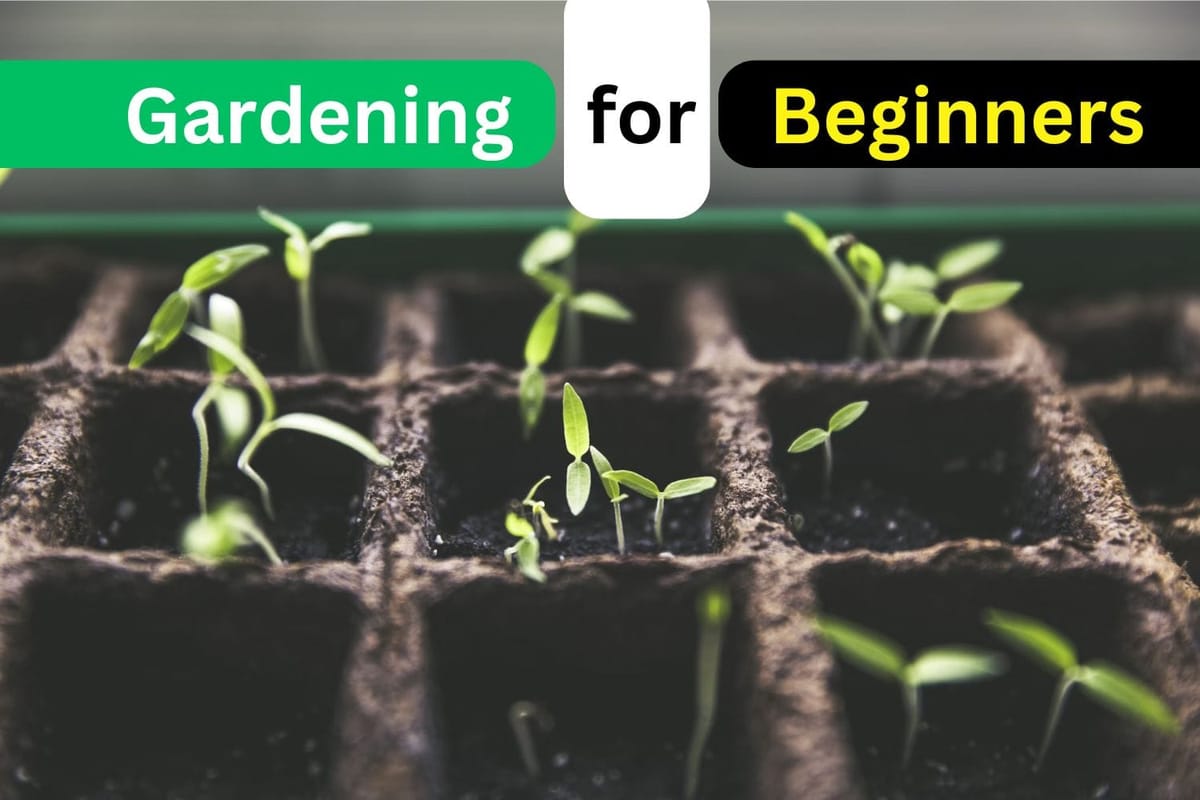
Gardening is a rewarding and therapeutic hobby that allows you to connect with nature, grow your own food, and create a beautiful outdoor space. If you’re new to gardening, it might feel overwhelming at first, but don’t worry—every expert gardener started as a beginner!
In this article, I’ll walk you through 23 essential tips for gardening beginners, from choosing the right plants to maintaining your garden. Let’s dig in!
1. Start with a Plan
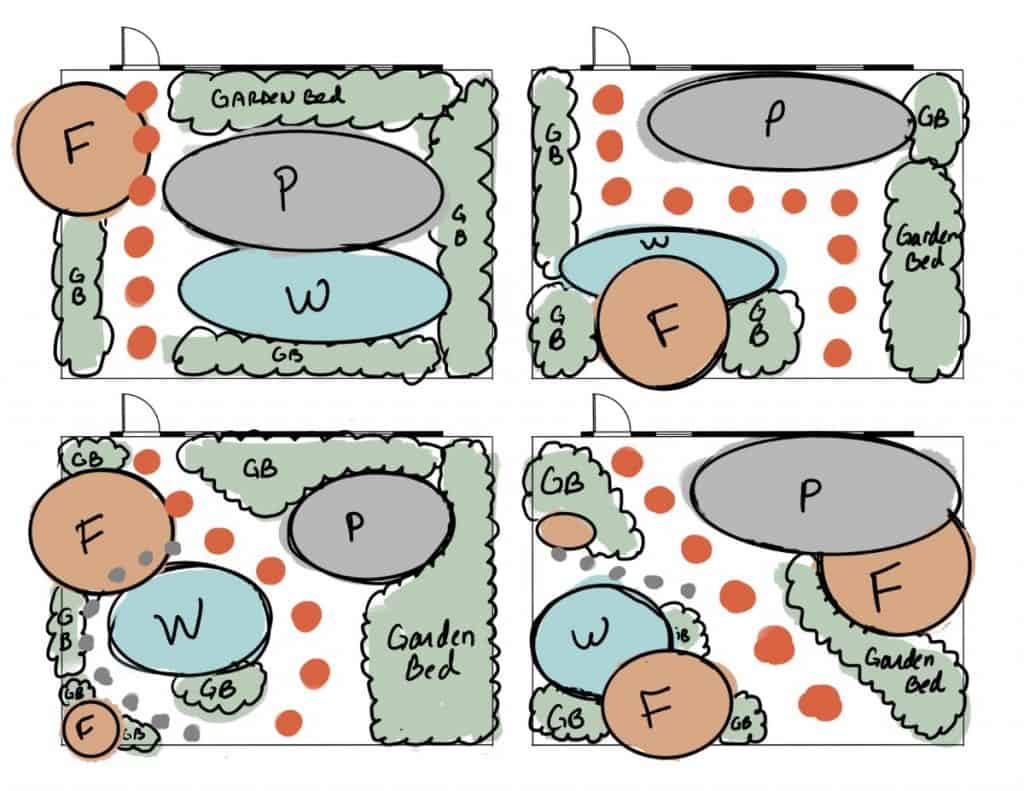
Before you start planting, take some time to plan your garden. Consider the following:
- Space: How much room do you have? Is it a balcony, backyard, or windowsill?
- Sunlight: Observe how much sunlight your space gets. Most plants need at least 6 hours of sunlight daily.
- Soil: Check the quality of your soil. Is it sandy, clayey, or loamy? You can improve it with compost or potting mix.
Having a plan will help you avoid common mistakes and make the most of your space.
2. Choose the Right Plants
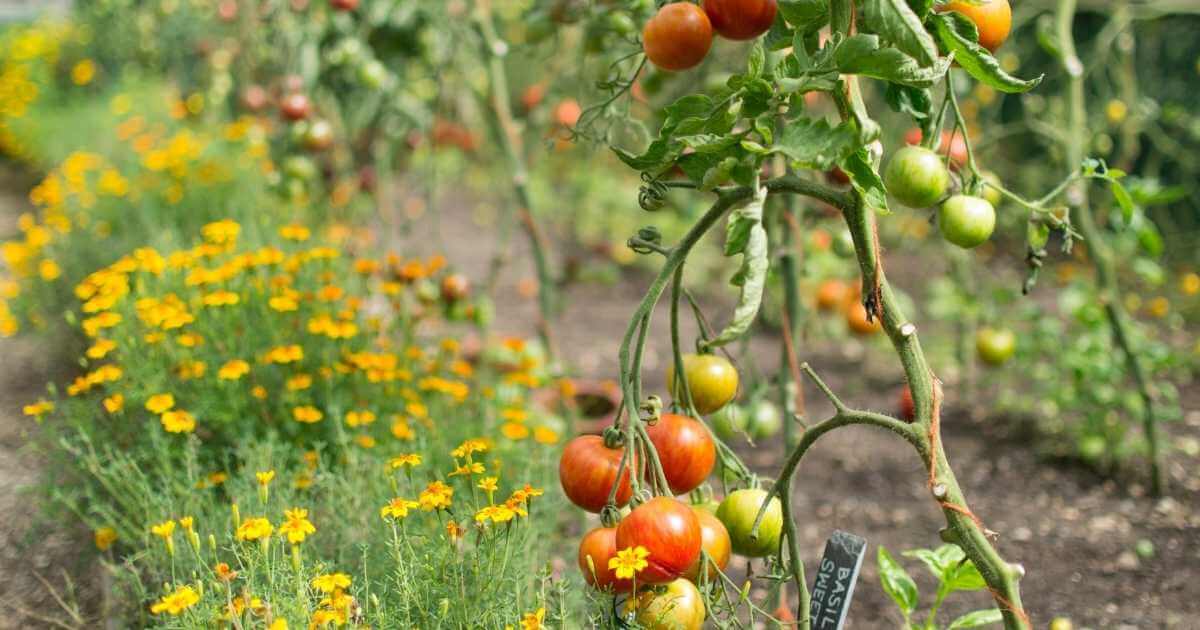
As a beginner, it’s best to start with easy-to-grow plants. Here are some great options:
- Herbs: Basil, mint, and parsley are low-maintenance and grow well in pots.
- Vegetables: Tomatoes, lettuce, and radishes are perfect for beginners.
- Flowers: Marigolds, sunflowers, and pansies add color and attract pollinators.
Choose plants that suit your climate and the amount of sunlight your garden receives.
3. Gather Essential Tools
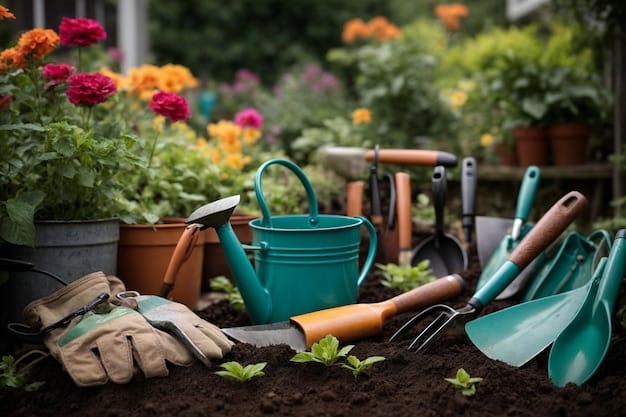
You don’t need fancy equipment to start gardening. Here are the basics:
- Trowel: For digging and planting.
- Gloves: To protect your hands.
- Watering Can or Hose: For watering your plants.
- Pruning Shears: For trimming and shaping plants.
Invest in good-quality tools—they’ll make your gardening experience much easier.
4. Prepare the Soil
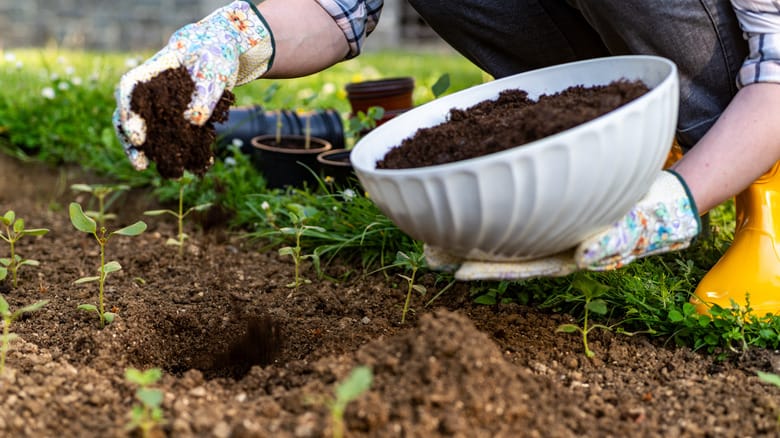
Healthy soil is the foundation of a thriving garden. Follow these steps:
- Clear the Area: Remove weeds, rocks, and debris.
- Loosen the Soil: Use a shovel or fork to aerate the soil.
- Add Compost: Mix in organic compost to enrich the soil with nutrients.
If you’re using pots, choose a high-quality potting mix designed for container gardening.
5. Plant with Care
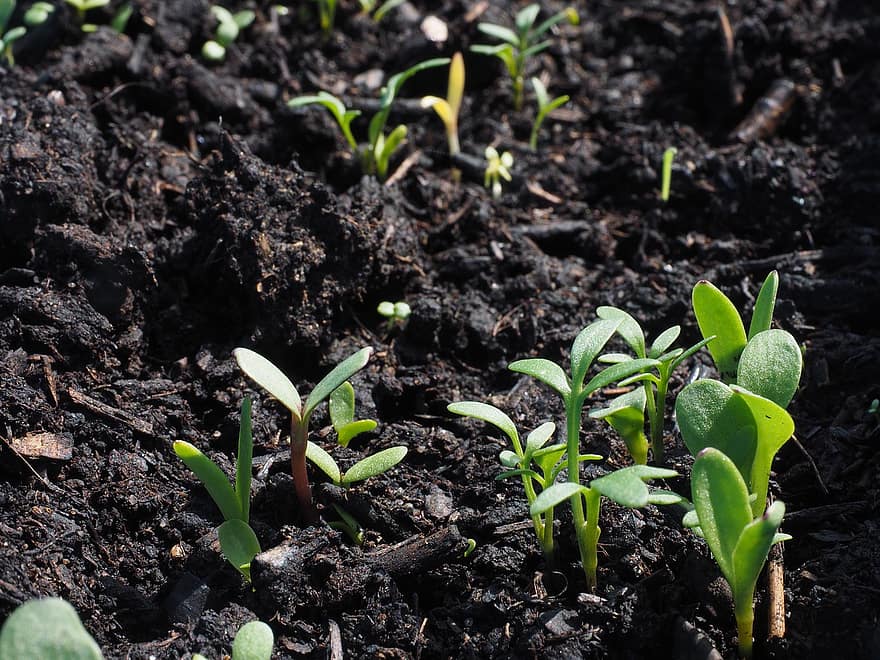
When planting, follow these tips:
- Read the Label: Check the seed packet or plant tag for spacing and depth instructions.
- Water After Planting: Give your plants a good drink to help them settle in.
- Mulch: Add a layer of mulch to retain moisture and suppress weeds.
Remember, overwatering is a common mistake—water only when the soil feels dry to the touch.
6. Learn to Water Properly

Watering is crucial, but it’s easy to overdo it. Here’s how to get it right:
- Morning is Best: Water your plants early in the day to reduce evaporation.
- Deep Watering: Water deeply but less frequently to encourage strong root growth.
- Check the Soil: Stick your finger into the soil—if it’s dry an inch below the surface, it’s time to water.
7. Protect Your Plants
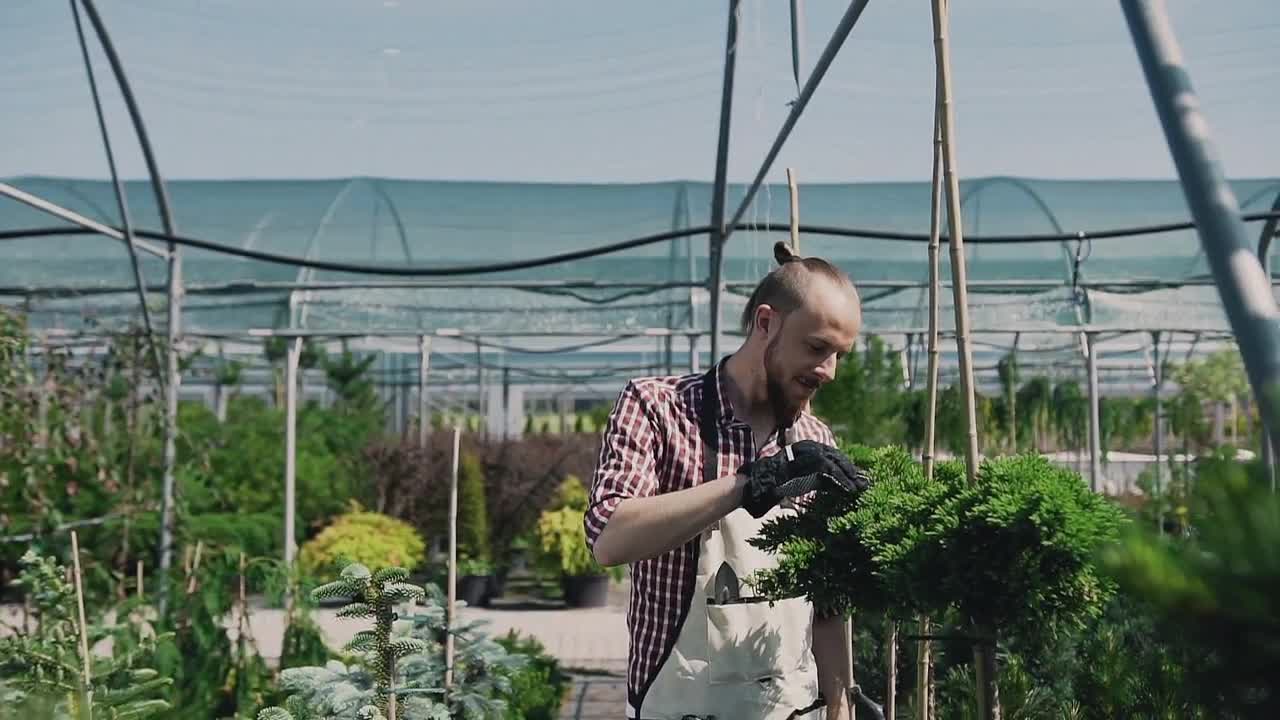
Pests and diseases can harm your garden. Here’s how to protect your plants:
- Inspect Regularly: Check for signs of pests like holes in leaves or discoloration.
- Natural Remedies: Use neem oil or insecticidal soap to treat pests.
- Companion Planting: Grow plants like marigolds or basil to repel pests naturally.
8. Prune and Maintain
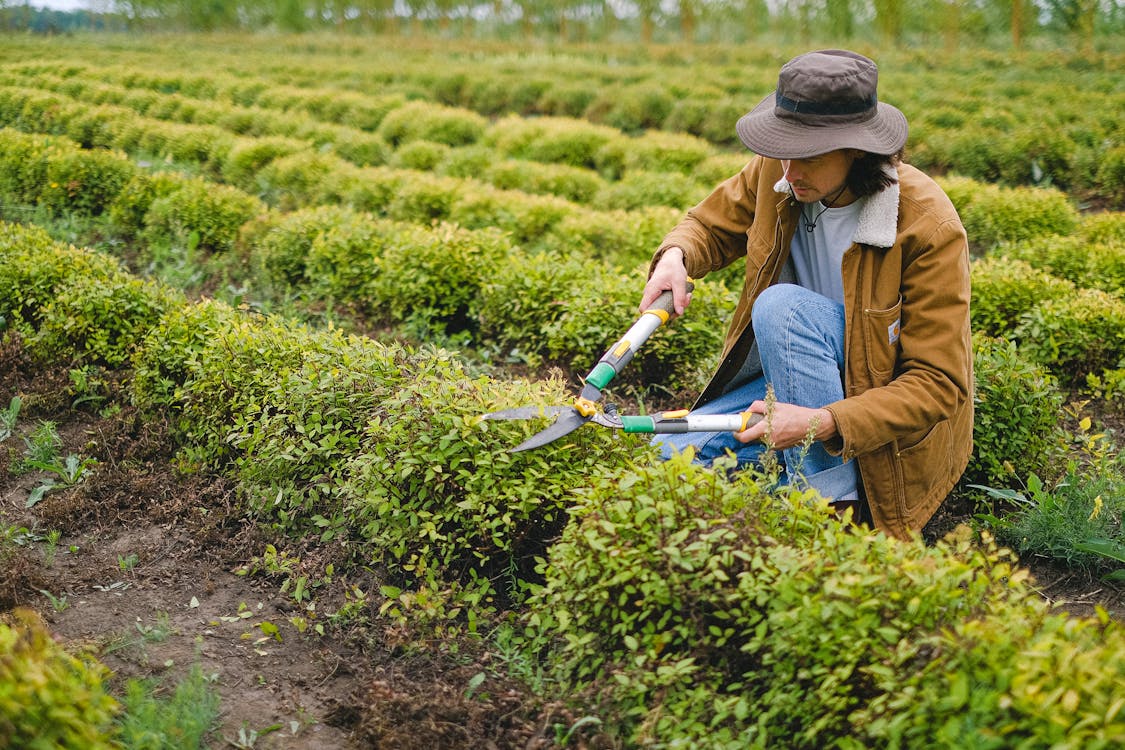
Regular maintenance keeps your garden healthy and productive:
- Prune Dead Leaves: Remove dead or yellowing leaves to encourage new growth.
- Weed Regularly: Weeds compete with your plants for nutrients, so pull them out as soon as you see them.
- Fertilize: Use organic fertilizer to provide essential nutrients.
9. Be Patient and Observant
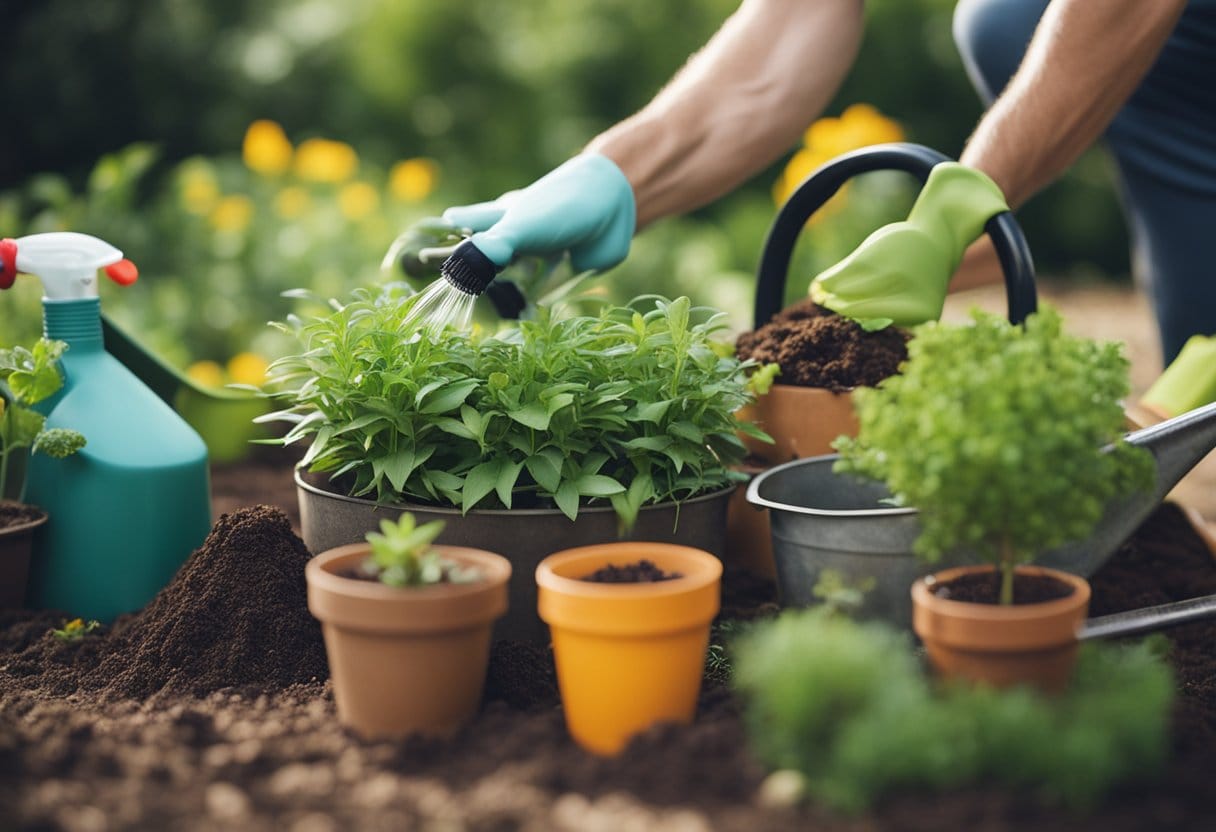
Gardening is a learning process. Pay attention to how your plants grow and respond to care. Don’t be discouraged by setbacks—every mistake is an opportunity to learn.
10. Start Small
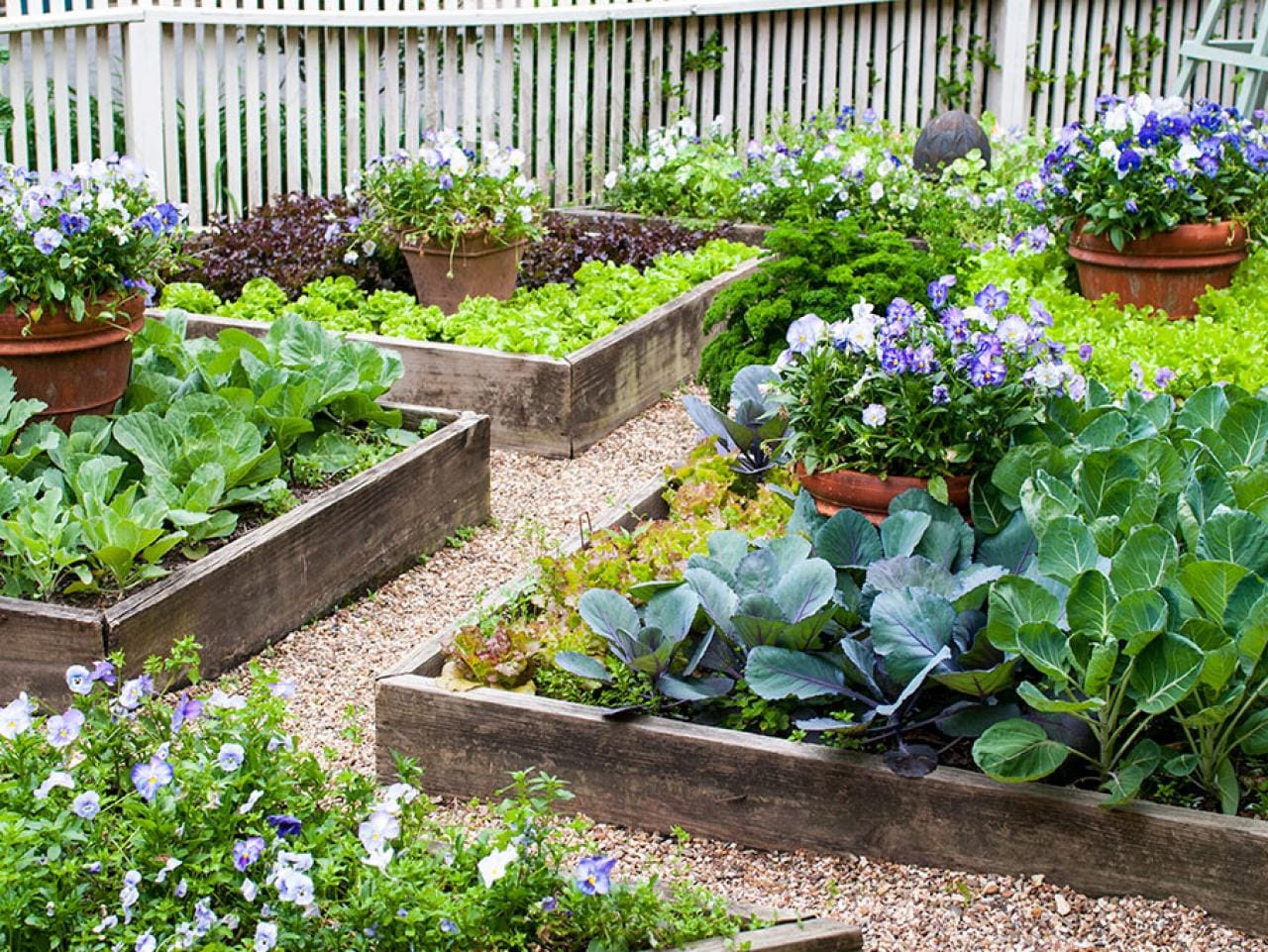
Don’t overwhelm yourself by trying to grow too much at once. Start with a small area or a few pots and expand as you gain confidence.
11. Use Containers for Flexibility
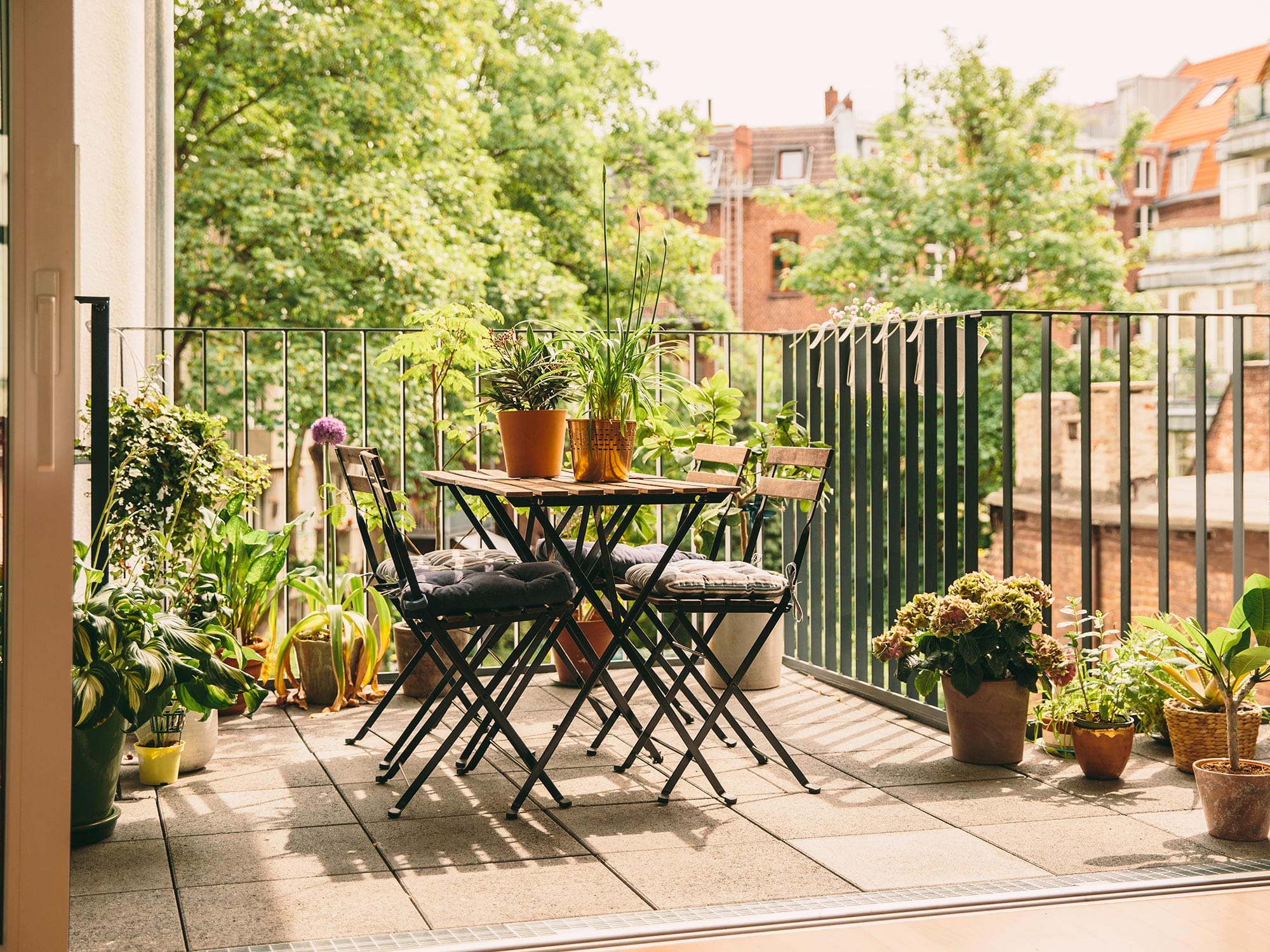
If you have limited space, container gardening is a great option. You can grow herbs, vegetables, and flowers in pots, and they’re easy to move around.
12. Learn Your Hardiness Zone
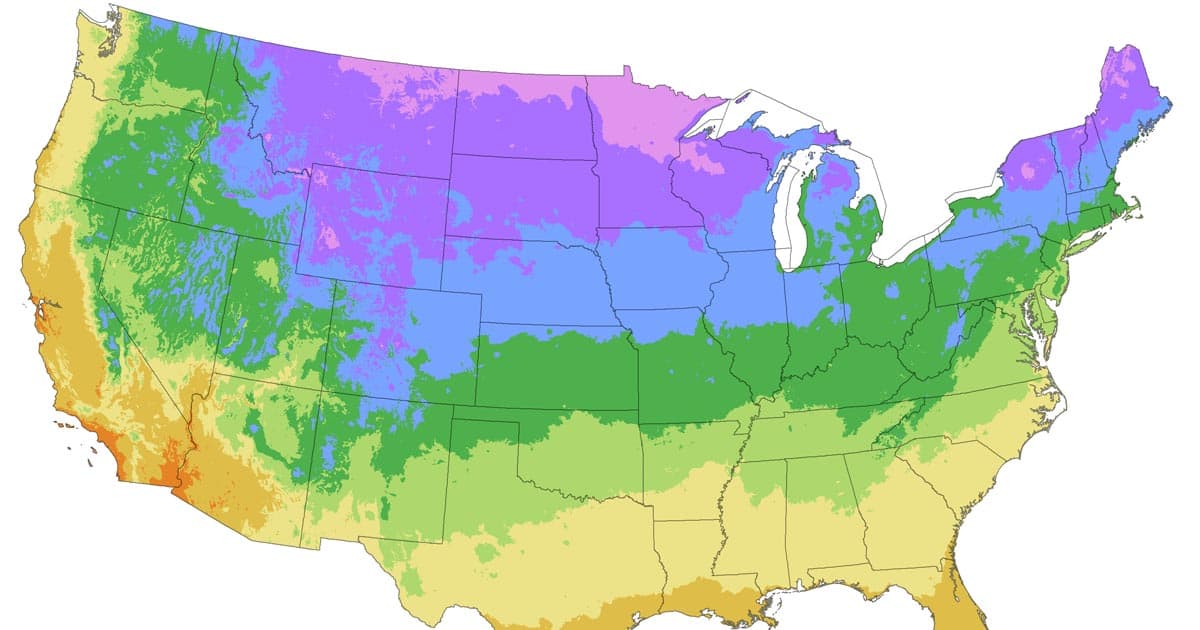
Understanding your hardiness zone will help you choose plants that thrive in your climate. Check the USDA Hardiness Zone Map for guidance.
13. Rotate Crops

If you’re growing vegetables, rotate crops each season to prevent soil depletion and reduce pest problems.
14. Use Vertical Space
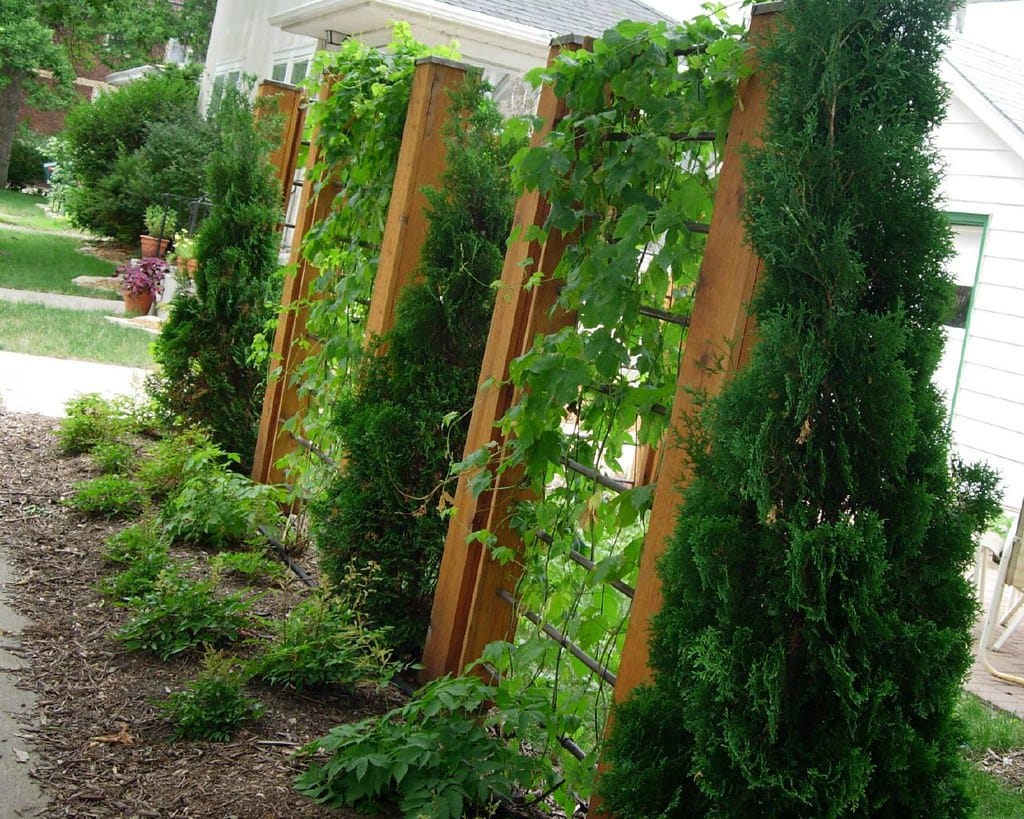
Maximize your garden space by growing climbing plants like beans, peas, or cucumbers on trellises or fences.
15. Keep a Gardening Journal
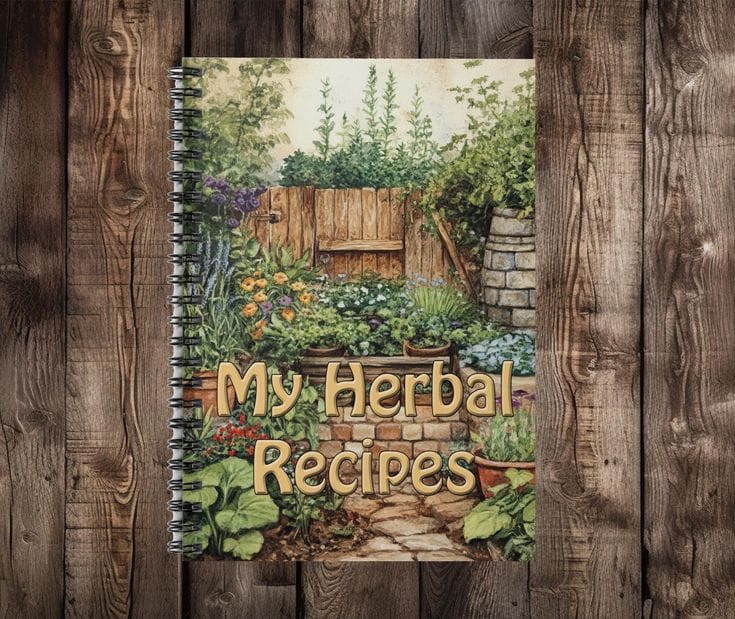
Track your progress, note what works (and what doesn’t), and plan for the next season. A journal is a great way to learn and improve.
16. Attract Pollinators
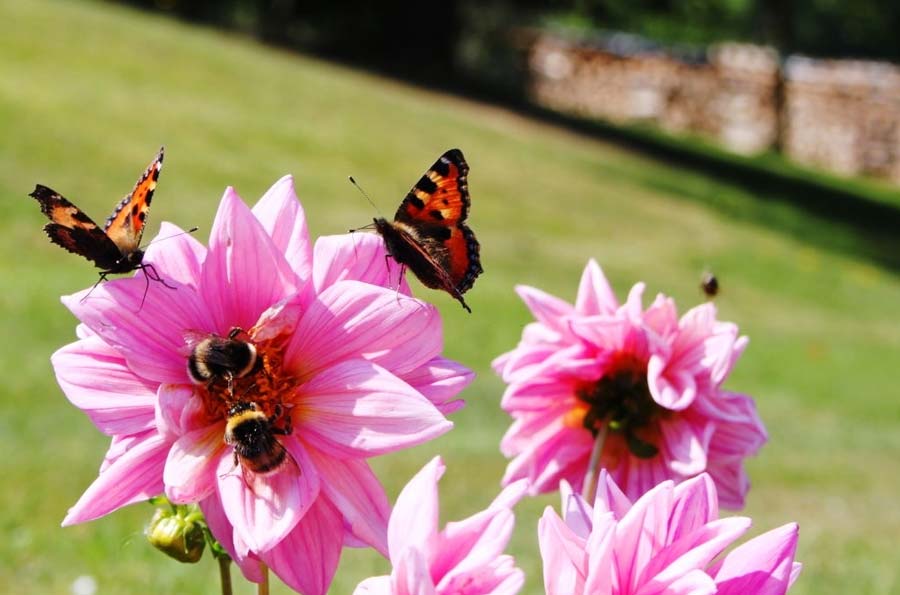
Plant flowers like lavender, sunflowers, and zinnias to attract bees, butterflies, and other pollinators to your garden.
17. Harvest Regularly
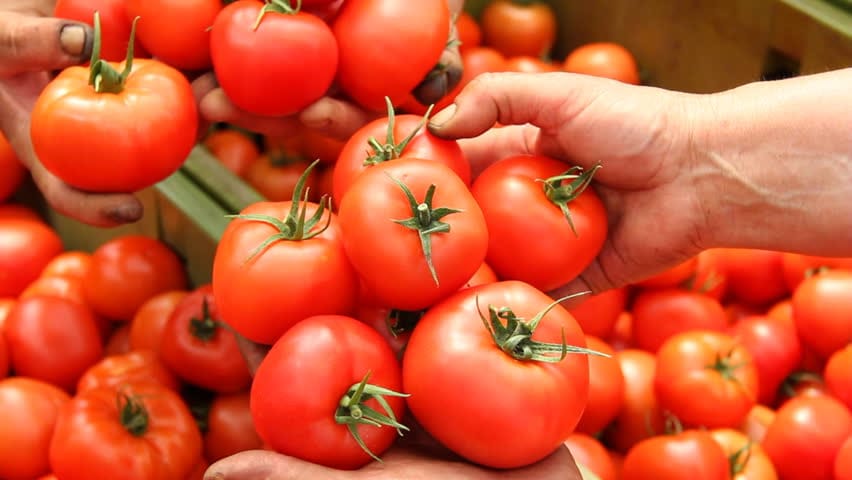
Harvest vegetables and herbs regularly to encourage more growth. Don’t let them overripe on the plant.
18. Use Organic Methods
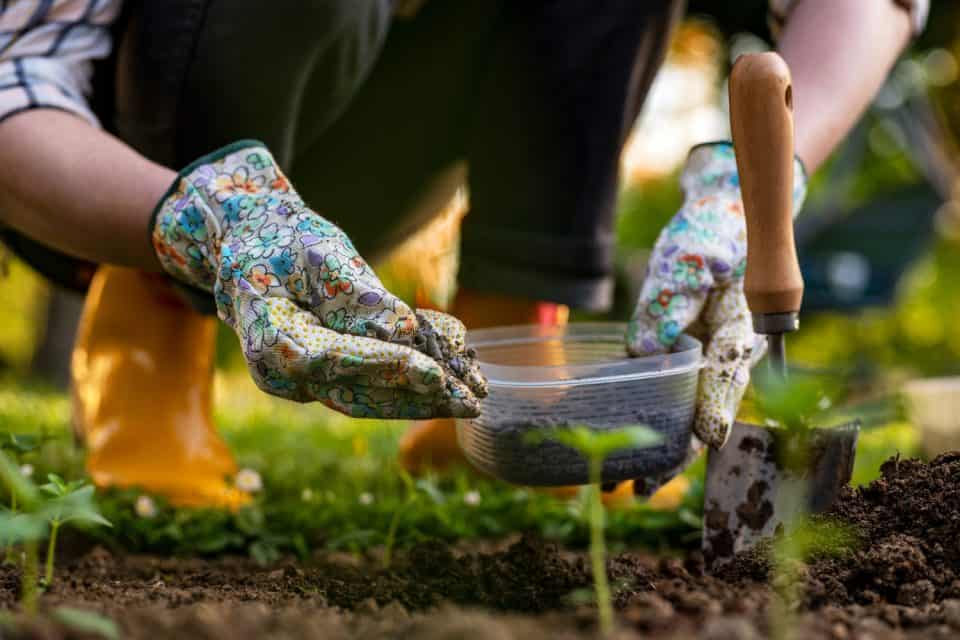
Avoid synthetic chemicals and opt for organic fertilizers, pest control, and soil amendments. It’s better for your plants and the environment.
19. Learn from Others
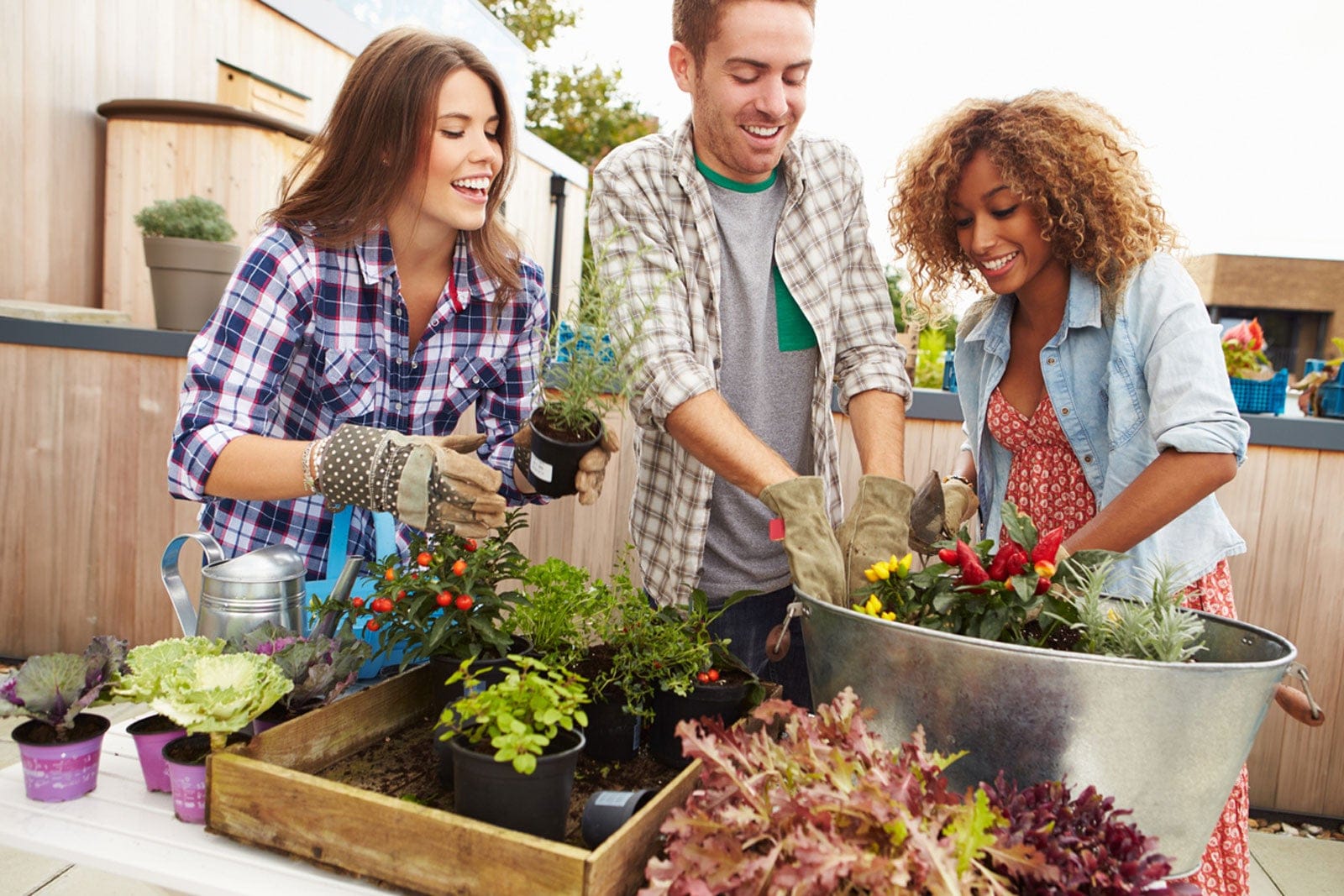
Join a local gardening club or online community to exchange tips, ask questions, and get inspiration from experienced gardeners.
20. Experiment with Seeds
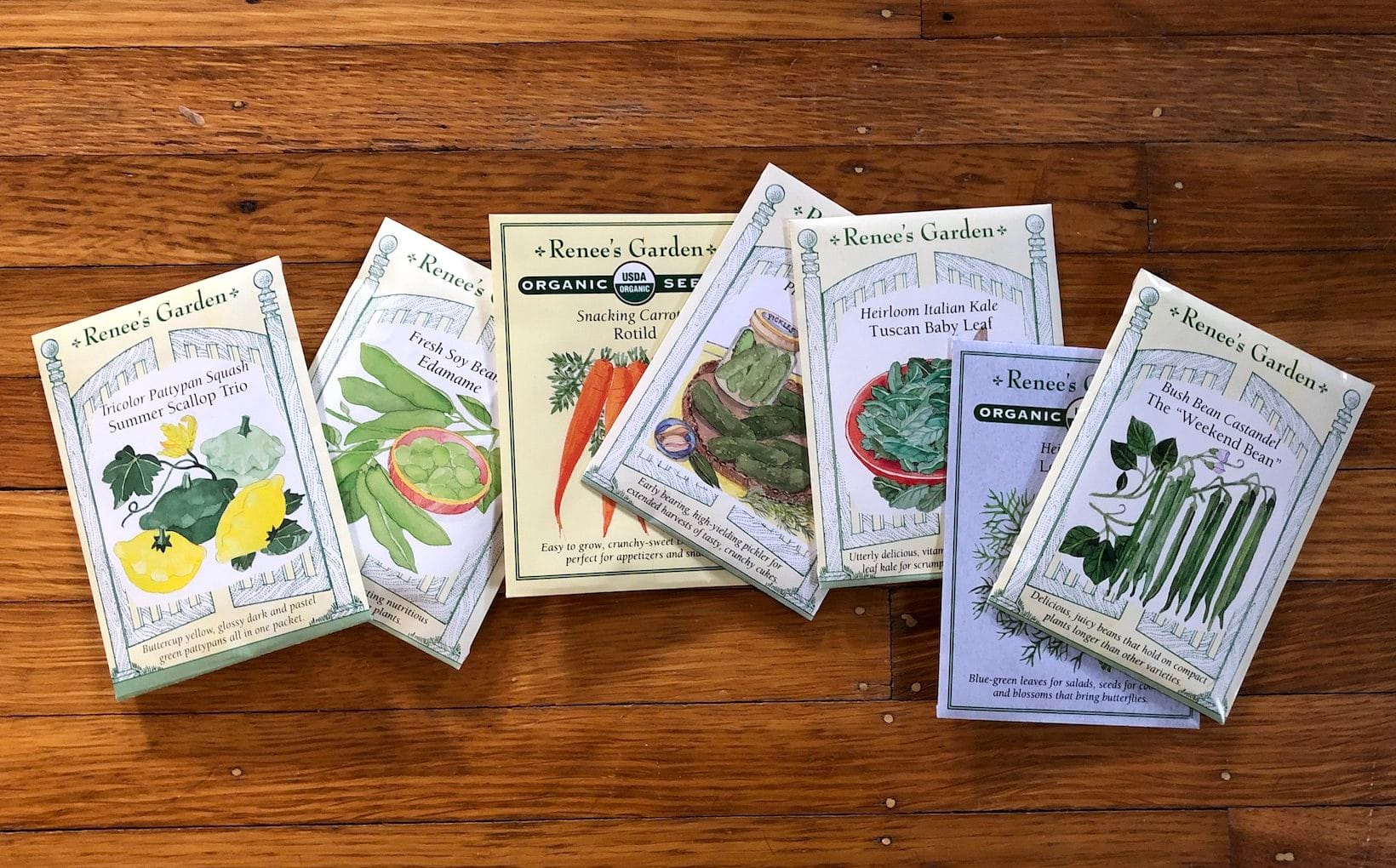
Starting plants from seeds is cost-effective and rewarding. Try easy-to-grow seeds like beans, sunflowers, or lettuce.
21. Don’t Fear Failure
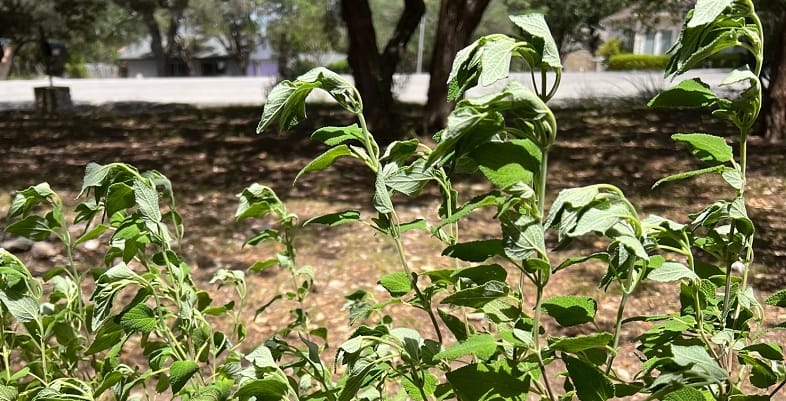
Not every plant will thrive, and that’s okay. Learn from your mistakes and try again. Gardening is all about trial and error.
22. Add Personal Touches
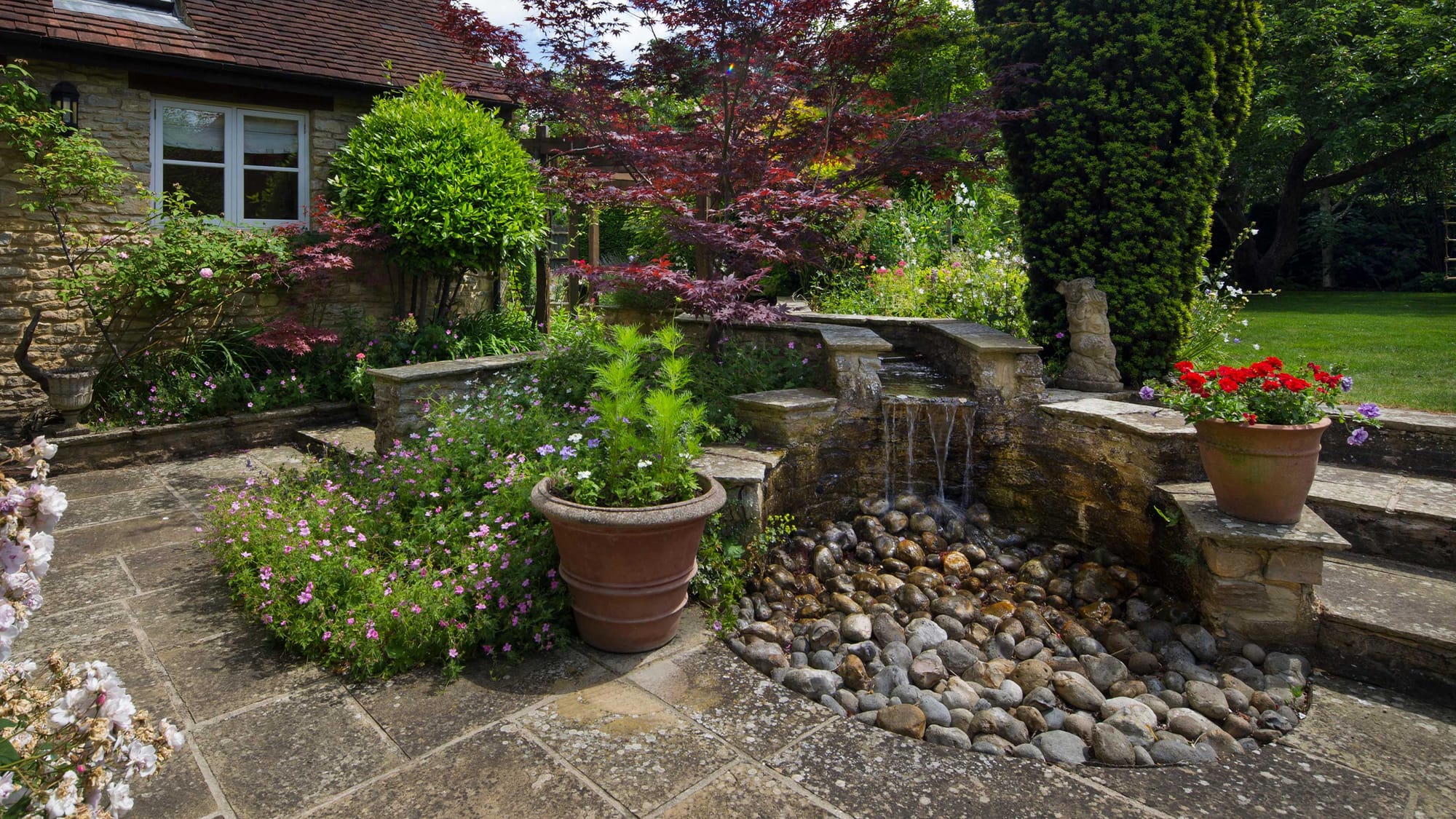
Make your garden unique by adding decorative elements like garden signs, fairy lights, or painted rocks.
23. Enjoy the Process
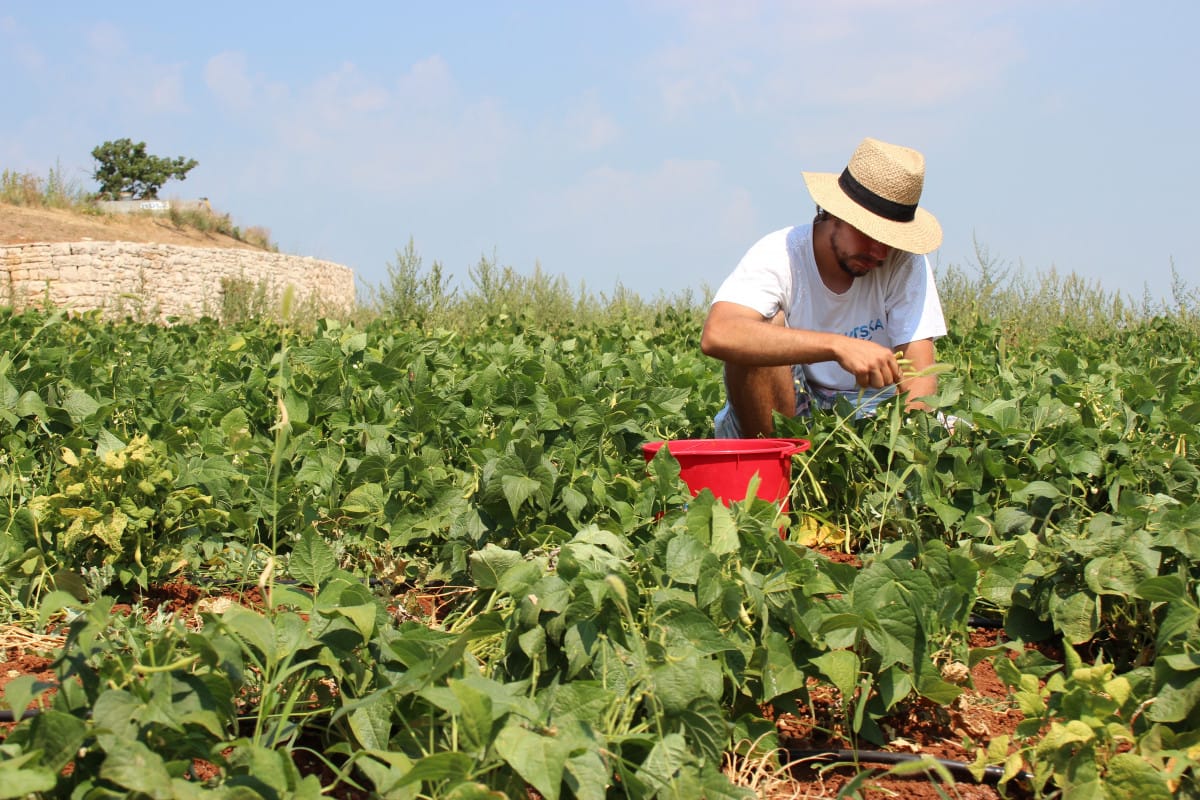
Gardening is as much about the journey as it is about the results. Take time to enjoy the beauty of your plants, the smell of fresh herbs, and the satisfaction of harvesting your own vegetables.
By following these 23 tips, you’ll be well on your way to creating a thriving garden. Remember, gardening is a skill that improves with time and practice. So grab your tools, get your hands dirty, and start growing your green thumb today!

